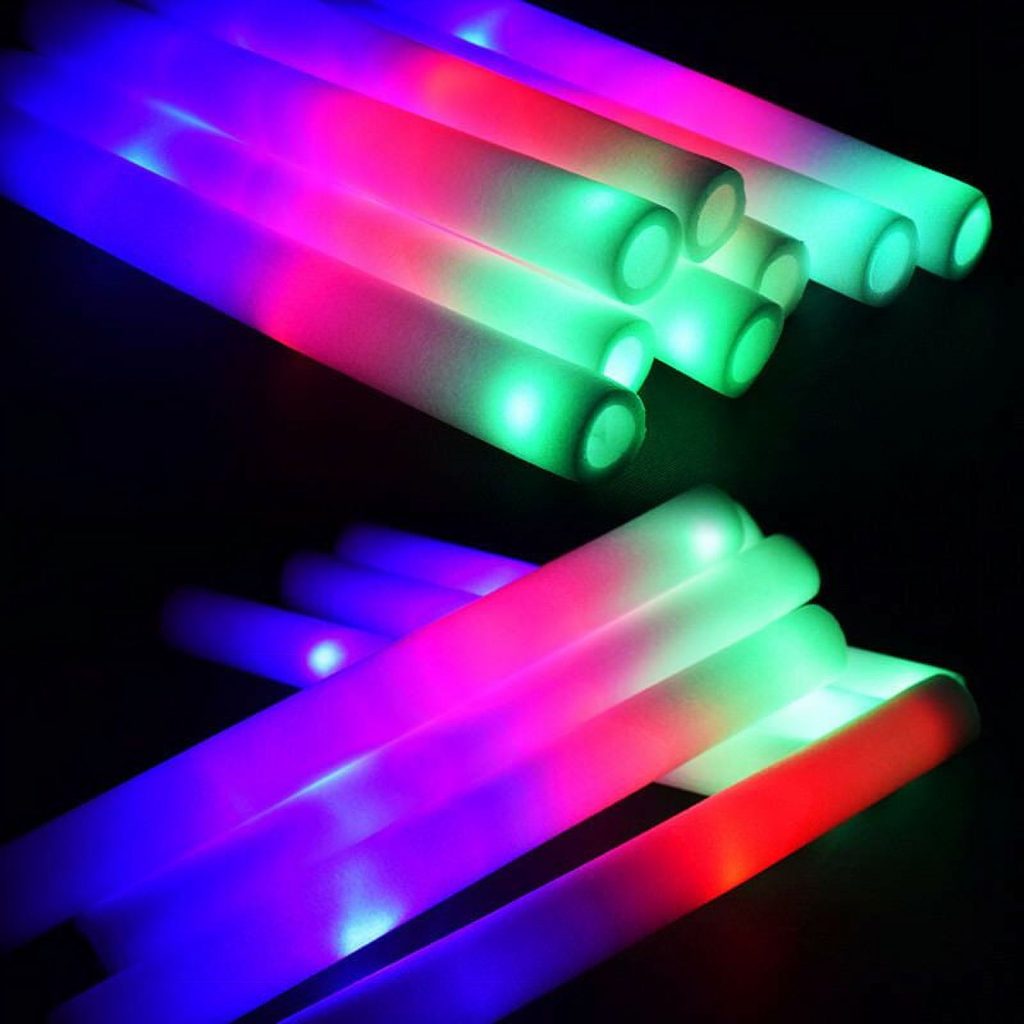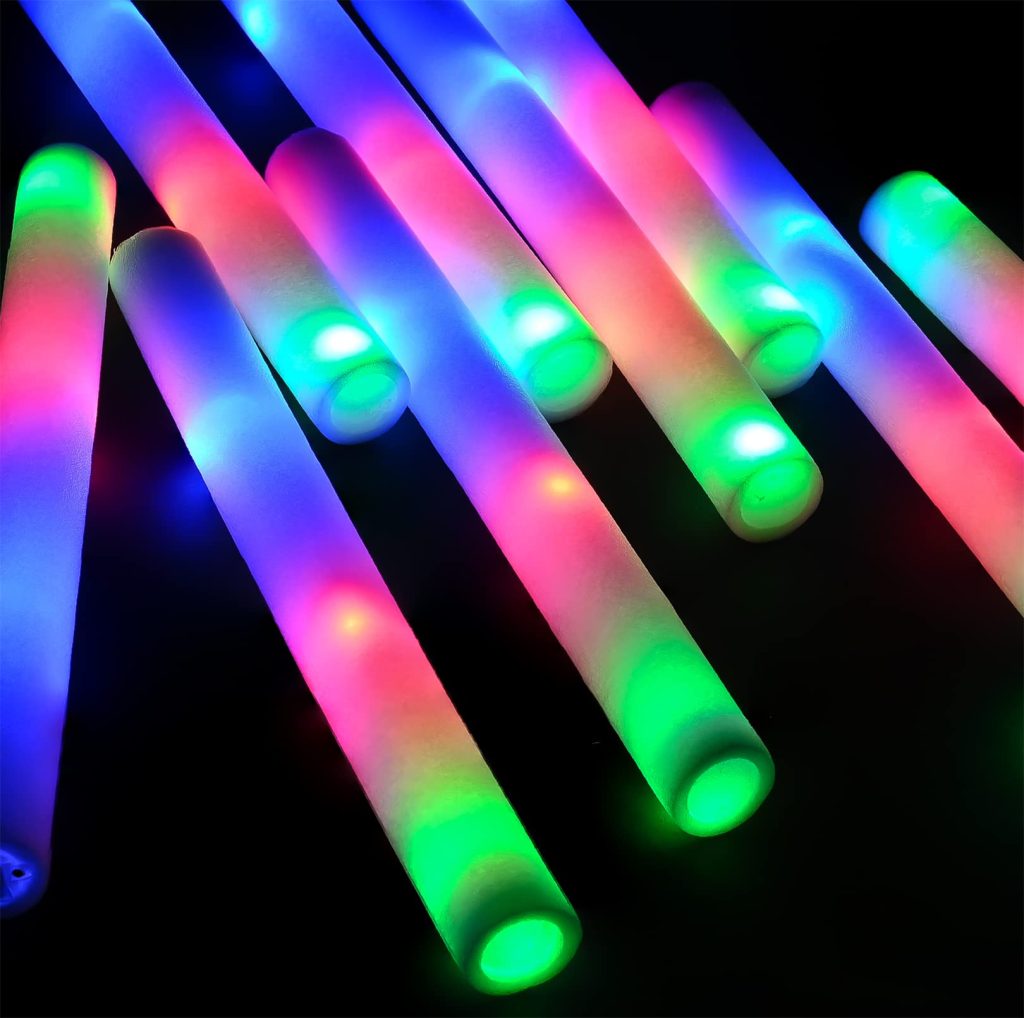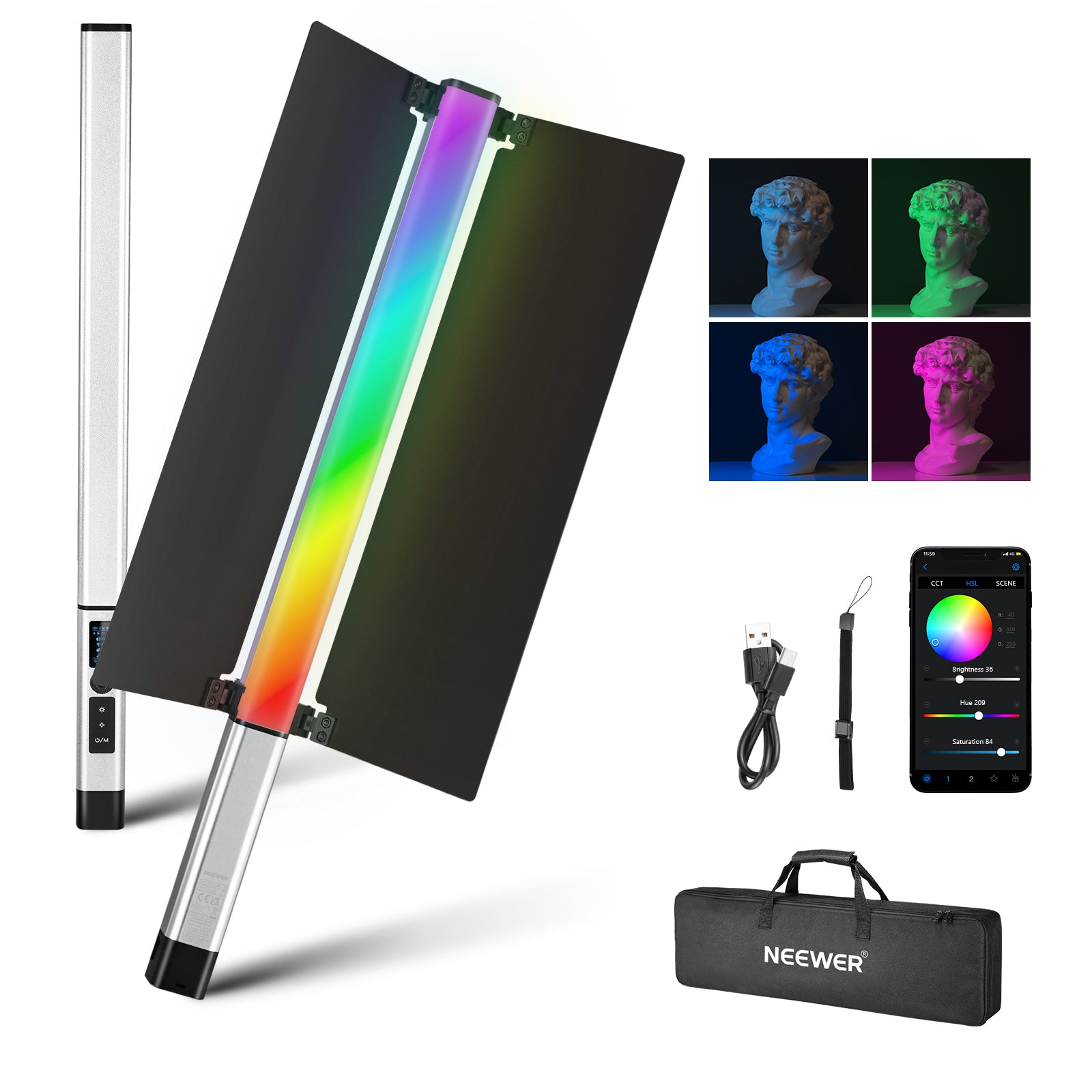How to make led lights stick? LED lights have become increasingly popular for their versatility and energy-efficient properties. Whether you’re adding accent lighting to your home, creating an ambient atmosphere, or highlighting specific areas, properly securing LED lights is essential for optimal performance and longevity. In this comprehensive guide, we will explore various methods and techniques to ensure that LED lights stick effectively to different surfaces. Let’s dive into the world of adhesive solutions and unlock the secrets to making LED lights secure and long-lasting.

Clean the Surface:
Before applying any adhesive, it’s crucial to prepare the surface thoroughly. Consider the following steps:
- Ensure the surface is clean and dry: Remove any dust, dirt, grease, or debris from the surface where the LED lights will be attached. Use a mild cleaner, warm water, and a clean cloth or sponge to wipe down the area. Allow the surface to air dry completely before moving forward.
- Eliminate residue and oils: For surfaces that may contain residue or oils, use rubbing alcohol or a specialized surface cleaner to remove any contaminants. This helps create a clean surface for the adhesive to bond effectively.
Choose the Right Adhesive Solution:
Selecting the appropriate adhesive ensures that LED lights stick securely to various surfaces. Consider the following options:
- Double-sided adhesive tape: Double-sided adhesive tape is a commonly used and versatile solution for securing LED lights. Choose a tape specifically designed for mounting and bonding applications and ensure it can withstand the weight and environmental conditions of the LED lights.
- Foam mounting tape: Foam mounting tape provides extra cushioning and is suitable for uneven surfaces. It offers better adhesion and durability, making it an excellent option for securing LED lights to walls, ceilings, or other textured surfaces.
- Adhesive pads or strips: Adhesive pads or strips, often provided with LED light kits, are designed specifically for LED light installations. These self-adhesive solutions ensure quick and easy attachment, providing a strong grip while still allowing for easy removal or repositioning if needed.
- Epoxy or silicone adhesive: In cases where permanent bonding is desired, epoxy or silicone adhesive can be used. These types of adhesives create a strong bond, but it’s important to note that they may not be removable without damaging the surface or LED lights.

Apply the Adhesive and Secure the LED Lights:
With the appropriate adhesive selected, it’s time to apply and secure the LED lights. Consider the following steps:
- Cut the adhesive to size: Cut the adhesive solution to the desired length or shape, ensuring it covers the necessary surface area for the LED lights. Avoid leaving excess adhesive, as it may interfere with the aesthetics or functionality of the lights.
- Remove the adhesive backing: Peel off the protective backing from the adhesive, exposing the adhesive side that will attach to the LED lights.
- Position and apply pressure: Carefully align the led strip lights with the desired placement on the surface. Apply firm and even pressure to ensure a strong bond between the adhesive and the LED lights. Consider using a roller or by pressing down with your hands to ensure full contact and adhesion.
Maintenance and Troubleshooting:
Once the LED lights are securely attached, it’s important to regularly maintain and troubleshoot any issues that may arise. Consider the following tips:
- Regularly check the adhesion: Periodically inspect the LED lights to ensure that they are staying securely attached. If any lights become loose or detached, reapply adhesive to the affected area.
- Clean the surface as needed: Over time, surfaces may accumulate dust or debris that can affect the adhesion of the LED lights. Clean the surface as necessary with a mild cleaner to remove any buildup.
- Adjust or reposition the LED lights: If you need to adjust or reposition the LED lights, carefully remove them from the surface using a clean cloth or soapy water if necessary. Clean the surface and reapply adhesive before reattaching the LED lights.

Advantages of LED lights
LED (Light-Emitting Diode) lights have revolutionized the lighting industry with their exceptional energy efficiency, long lifespan, and versatility. From residential to commercial applications, LED lights have gained significant popularity for their numerous advantages over traditional lighting options.
Energy Efficiency:
One of the key advantages of LED lights is their superior energy efficiency. Consider the following points:
- Reduced energy consumption: LED lights use significantly less energy compared to traditional lighting options, such as incandescent or fluorescent bulbs. They convert a higher percentage of electrical energy into light, rather than dissipating energy as heat.
- Cost savings: LED lights contribute to substantial cost savings in energy bills over time. Their energy efficiency reduces electricity consumption, resulting in lower utility expenses and increased long-term savings.
- Dimmable options: led lights in bedroom offer dimmability options, allowing users to adjust the brightness according to their needs. This further enhances energy efficiency by allowing users to control the amount of light output.

Long Lifespan and Durability:
LED lights are renowned for their extended lifespan and durability. Consider the following advantages:
- Longer lifespan: LED lights typically have a lifespan of up to 50,000 hours or more, far surpassing traditional lighting options. This longevity reduces the frequency of bulb replacements, resulting in cost savings and reduced environmental impact.
- Durability: LED lights are constructed with durable materials and solid-state components, making them resistant to shock, vibrations, and external impacts. This durability ensures reliability and reduces the risk of damage during handling and transportation.
- Instant illumination: Unlike compact fluorescent bulbs or some other types of lighting, LED lights provide instant illumination without any warm-up time. This allows for immediate, reliable lighting in various applications.
Environmental Benefits:
LED lights offer numerous environmental advantages compared to traditional lighting. Consider the following benefits:
- Reduced carbon footprint: LED lights have lower energy consumption, which translates to reduced greenhouse gas emissions. By using LED lights, individuals and businesses can contribute to minimizing their carbon footprint and combatting climate change.
- Mercury-free: Unlike fluorescent lights, LED lights do not contain mercury, a hazardous substance that is harmful to human health and the environment. This makes LED lights safer to handle, dispose of, and recycle.

Conclusion:
Securing LED lights effectively is essential for their optimal performance and longevity. By following these steps, from cleaning the surface to choosing the right adhesive solution and properly applying it, you can ensure that LED lights stick securely to various surfaces. Regular maintenance and troubleshooting will help prevent any issues and maintain the integrity of the installation. Harness the versatility and functionality of LED lights and enjoy the benefits of well-secured lighting that enhances your space with style and efficiency.
